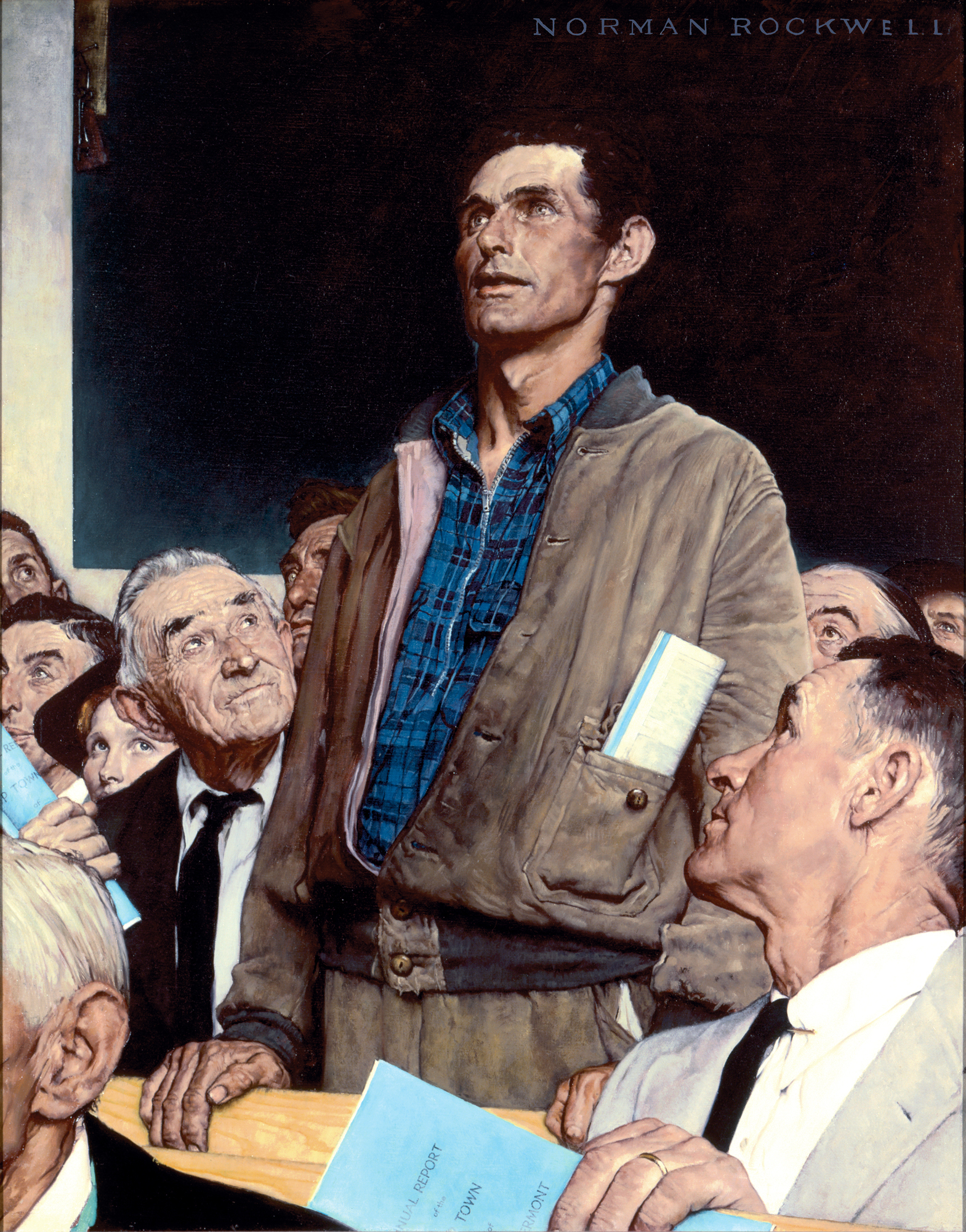The Hawaiʻi
State Constitutional Convention Clearinghouse
Information Related to Hawaiʻi's November 6, 2018 State Constitutional Convention Referendum
1978 Constitutional Convention
Primary Sources
Chief Clerk of the Convention, Proceedings of the Constitutional Convention of Hawaii 1978, Vol. 1, Honolulu, Hawaii: State of Hawaii, 1980, 1,242 pages.
Secondary Sources
The 1978 constitutional convention was held before the era of the internet, so this website cannot provide links to the various media accounts here. One index that is available online is:
Index of Hawaii 1978 Constitutional Convention News clippings, The Archival Collections at the William S. Richardson School of Law. The item is a scrapbook of more than 100 newspaper clippings of articles leading up to and covering the 1978 Hawaii Constitutional Convention. Most cover the period after the convention call.
According to Ian Lind, a former investigative reporter at several Hawaiian newspapers, there was “a total of approximately 500-600 news stories” on the 1978 Hawaiian constitutional convention in just the two leading Hawaiian daily newspapers alone.
Here is a recent popular media account of the results of that convention:
NOVEMBER 7, 1978 The 1978 Constitutional Convention brought huge changes to the way Hawaii is run as a state. All 34 proposed amendments to the state constitution passed. Among the most dramatic: term limits for state officeholders, a balanced-budget requirement and unionization of state employees. “The ConCon solidified that liberal base of the Islands … because the roots were heavily influenced by liberal values. It was a device to mobilize the public,” said Ira Rohter, a UH Manoa political science professor and local pundit who passed away a week after we interviewed him. The state’s second Constitutional Convention also paved the way for Native Hawaiian rights through the establishment of the Office of Hawaiian Affairs and the preservation of Hawaiian language through diacritics and the use of Hawaiian street names. Source: All 34 ConCon Amendment Proposals Pass, Honululu Magazine, August 2009.
Many articles in popular media from subsequent Hawaiian constitutional convention calls also make reference to the 1978 and earlier Hawaiian constitutional conventions.
A Small Sampling Of The Articles Leading Up To The Convention Vote
- “It’s Time to Think About the Con Con” – Editorial. Honolulu Star Bulletin, August 19, 1977, page A-16.
- “Doi to Marshall’s Con-Con: Beware Hawai’i’s Errors.” Honolulu Advertiser, August 8, 1977, page A-6.
- “Issues That Con-Con May Consider”. Honolulu Star Bulletin, September 12, 1977, page A-18.
- “The Case for a Single House”, by Joe R. Seacrest and ” and the Case Against”, by James Wakatsuki. Honolulu Star
Bulletin, May 4, 1977, pages A-16 and A-17.
A Small Sampling Of The Articles During the Convention
Gomes, Lee, Proponents of Initiative Facing Uphill Battle, Honolulu Star-Bulletin, July 21, 1978. For a vivid example of how legislative bypass politics have changed, consider this quote from Common Cause’s Carol Zachary: “We think that the people have the intelligence, the ability and the right to decided on issues in the same way they can elect people to office.”
Oshiro, Sandra, Initiative Issue Won’t Go Away, Honolulu Advertiser, July 1978.
Video
National history day project by a high school student. Published on Mar 9, 2012.
Advocacy Organizations
League of Women Voters
Con Con ’78: A Wrap-Up, Leo Hana, Fall 1978
Hawaii’s State Constitution: What Should it Contain?, July, 1978
Palaka Power
Hagino, David, Palaka Power, Honolulu: Self-published, 1977. The author of this pamphlet later became a state rep., political consultant, and labor lawyer. Given the quality of the writing, controversial political science claims, and faulty predictions (i.e., what turned out to be straw-man arguments) contained in this pamphlet, it is surprising to learn how influential it apparently was. It has been widely cited in the literature on the 1978 constitutional convention (e.g., see Pratt, Richard C., and Zachary Alden Smith. Hawai’i politics and government: an American state in a Pacific world. U of Nebraska Press, 2000). Here is how the Hawaii State AFL-CIO credited David Hagino’s work:
Con Con
The federation coordinated AFL-CIO union participation in the 1968 Constitutional Convention. Starting back in January, 20 union business agents attended a special eight-week session of classes at the University of Hawaii organized by the Labor Education Program.
They made a slate of endorsements and publicized them widely prior to the June elections and developed a set of lobbying objectives that union representatives carefully followed throughout the fall convention. Particularly high on the federation agenda were reapportionment and collective bargaining rights for the state’s public workers. After 1960 when President John F. Kennedy issued an Executive Order granting federal workers the right to bargain, state and county workers were among the few sectors of the nation’s workforce left without statutory rights to bargain wages and working conditions.
Many of the convention delegates were deeply committed to the rights of workers. A new breed of young activists like David Hagino articulated a philosophical program they first called “Palaka Power,” after the common laborer’s plantation work shirt, which featured legislative proposals designed to make Hawaii a model of progressive labor relations.
Among other things, then, the Convention provided a constitutional mandate to the coming legislature to enact enabling legislation granting state and county workers bargaining rights.
–Pa’ahui Unions: The Hawai’i State AFL-CIO 1966 – 1991,
The Center for Labor Education & Research at the University of Hawai’i, 1991.
Legislative Reference Bureau
Hawaii Constitutional Convention Studies 1978, Legislative Reference Bureau. See:
- Noyes, Martha, Constitutional Convention Organization and Procedures, May 1978
- Kahle, Richard, editor, Introduction and Article Summaries, April 1978
- Josephs, Hilary, et al., Article I: Bill of Rights, May 1978
- Inouye, Frank, and Jeffrey Frandsen, Article XV: Revision and Amendment, May 1978.
Memorials
Pang, Gordon Y.K., Former Land Board chairman, WWII hero William Paty dies, Honolulu Star-Advertiser, August 16, 2018
